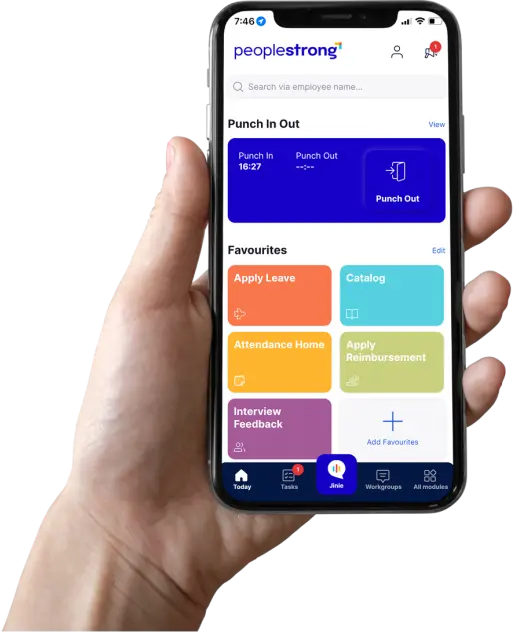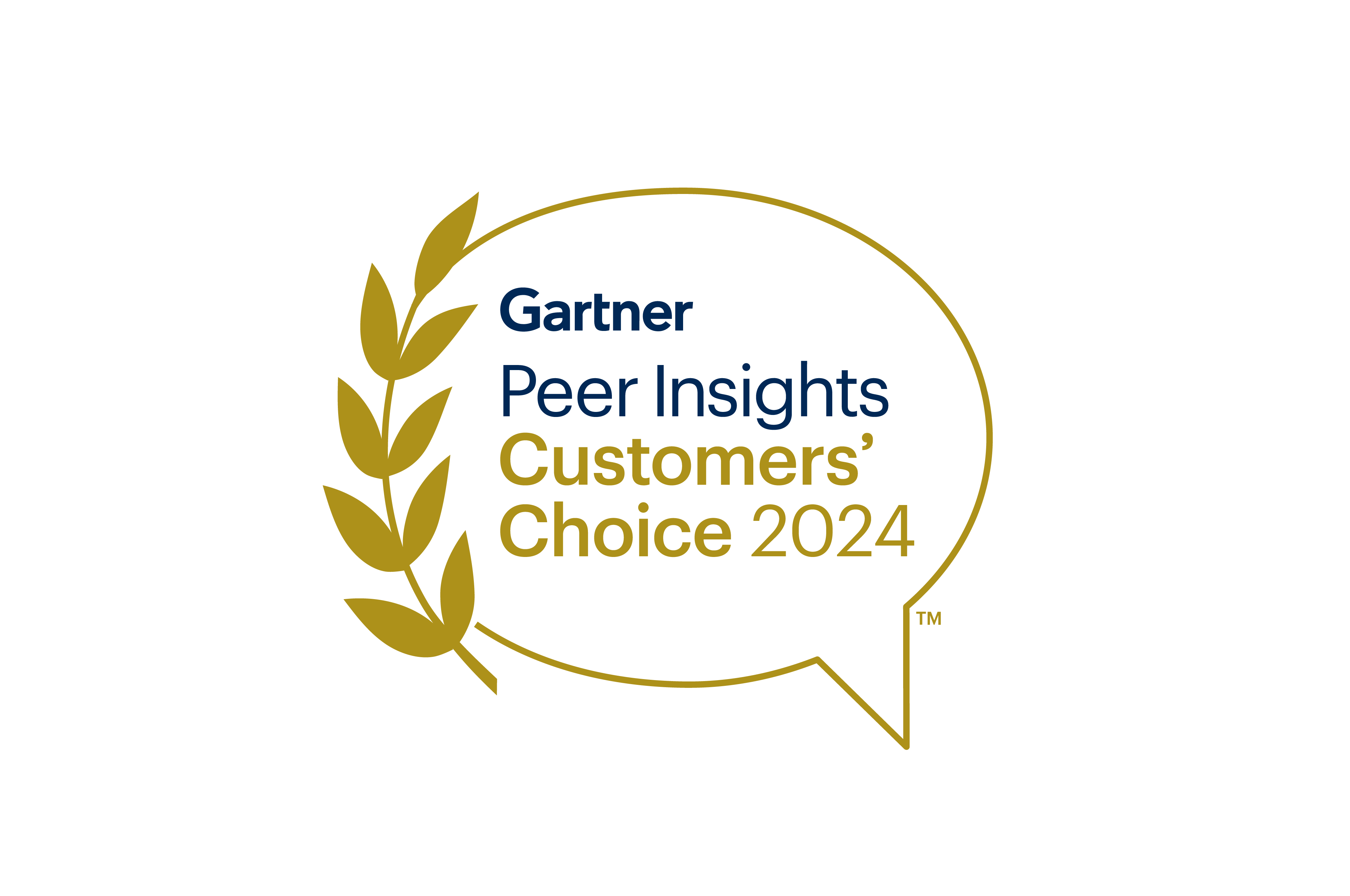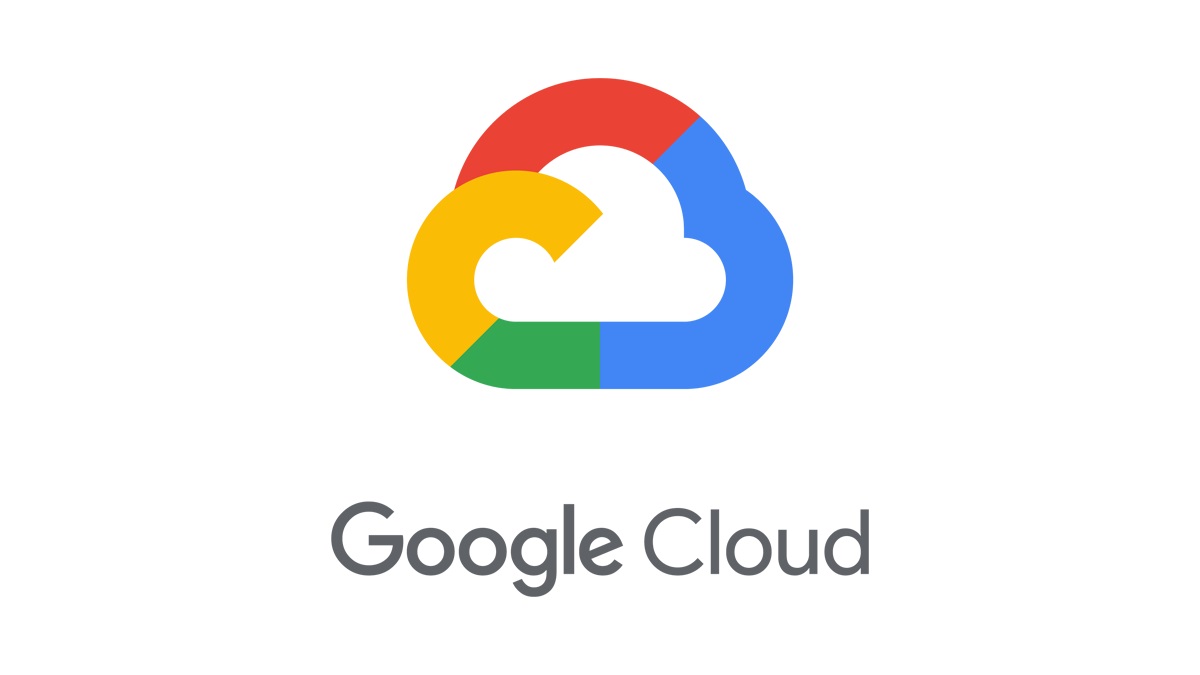In 2025, a high-pay and stable job opportunity is no longer enough to attract talent. People now look for various compensation and benefits of being associated with a company.
For instance, Google offers equity compensation through stock options and RSUs to their employees. Their extensive perks, such as free meals, on-site healthcare, and generous parental leave, highlight their focus on employee well-being.
Similarly, Netflix offers unlimited paid time off, allowing employees the flexibility to manage their schedules along with high market-driven salaries.
This is a sign that every company needs a proper employee compensation policy to attract top talent. A coherent policy is also essential to retain your employees and keep them happy.
This Compensation and Benefits Policy Template Will Help You to:
- Design competitive salary and equity packages to align employee goals with company success.
- Offer comprehensive benefits, including healthcare, parental leave, and wellness programs.
- Implement flexible time-off policies to enhance work-life balance and employee satisfaction.
- Attract and retain top talent by addressing both financial and personal needs.
- Boost employee engagement through policies that prioritize well-being and productivity.
Compensation and Benefits Policy
1. Purpose
The purpose of this employee compensation policy is to establish clear guidelines in terms of employee compensation, benefits, and related information. Please make sure that:
- This document contains strictly confidential information, including salary and benefits-related data, and is intended for internal use only.
- Managers are responsible for explaining these policies to team members to promote transparency while protecting sensitive information.
- All printed copies should be securely handled and stored to maintain confidentiality and prevent unauthorized access.
2. Scope and Coverage
This employee compensation policy applies to all employees, without exception. Managers are responsible for fully understanding and consistently applying the policy across their teams. Please keep in mind
- The policy covers all employees, regardless of role or level.
- Managers must ensure compliance with the policy in both letter and spirit.
- Compensation-related decisions, including for new hires, should be made in consultation with HR and senior management.
- Employees are encouraged to provide feedback and suggestions to HR or senior managers to continually improve the policy.
3. Compensation Philosophy
3.1 Pay for Performance
Our compensation philosophy is rooted in a pay-for-performance approach, which rewards employees based on their contributions and achievements. Here are some important things to consider:
- Our annual compensation is directly linked to individual performance and results.
- At <company name>, high performers will receive greater financial rewards, promoting a culture of excellence.
- Compensation decisions reflect the company’s broader objectives, encouraging employees to contribute to organizational success.
- All performances will be regularly assessed to ensure fair and timely compensation adjustments.
3.2 Market Benchmarking
All employees are requested to keep the following things in mind:
- Our salaries are benchmarked against industry standards to remain competitive.
- We make annual adjustments based on our annual reviews and updates. We make sure that these compensation strategies are in line with market data, attrition rates, and talent acquisition trends.
3.3 Equity and Wealth Sharing
As a long-term incentive and means of wealth sharing, the company offers qualified employees the chance to take part in equity programs like Employee Stock Purchase Plans (ESPP) or stock options.
- Eligibility Requirements: To be eligible for equity participation, employees must complete a minimum of two years of service and get a high-performance grade as determined by annual reviews.
- Equity Programs: Eligible employees may be granted stock options or invited to participate in the ESPP, which allows them to purchase company shares at a discounted rate.
- Approval Process: Senior management makes final decisions about equity awards, which are reviewed by the Compensation Committee. Recommendations are based on performance evaluations, role criticality, and tenure.
- Vesting Schedule: Stock options normally vest over four years, with 25% of the shares alloted vesting each year.
3.4 Parity
The company is committed to ensuring that compensation is equitable for employees performing similar roles and achieving similar performance outcomes. This includes:
- Salary Structure: Employees in the same role with comparable experience and performance will receive similar salary and compensation packages.
- Regular Reviews: Salary parity will be reviewed during annual compensation reviews. Discrepancies will be addressed based on internal benchmarking, performance appraisals, and market data.
- Merit-Based Exceptions: While parity is a priority, salary variations may be justified by exceptional performance, specialized skills, or business needs. Any such adjustments will require approval from HR and senior management.
- Corrective Actions: If a pay disparity is identified, the company will take corrective action during the annual review cycle or at other designated times.
3.5 Growth Opportunities
With explicit policies in place to enable development, the organization promotes and supports employees’ vertical and horizontal career advancement.
This comprises:
- Vertical Growth: Performance and experience are assessed at yearly reviews to determine promotions to higher positions.
Horizontal Growth: By taking on challenging initiatives or cross-functional duties inside their existing position, employees can increase their responsibilities.
Non-Managerial Paths: Senior, specialized, or strategic positions offer chances for individual contributors to advance.
Development Programs: To aid with career development, resources, training, and mentorship are offered.
Review Procedure: Workers must ask their manager for prospects for advancement, and HR will assess their eligibility and preparedness.
4. Compensation Process
4.1 Salary Ranges
The company maintains defined salary ranges for each role, aligned with market data and internal benchmarks. These ranges are reviewed annually to remain competitive and fair.
Policy Details:
- Salary Banding: Taking internal equity and industry norms into account, a defined salary range is provided for each function.
- Review and Modification: Every year, HR examines pay ranges and modifies them in light of organizational requirements and market changes.
- Transparency: Managers are responsible for communicating the applicable salary range during performance discussions.
4.2 Annual Compensation Reviews
The company conducts annual reviews to evaluate employee compensation, ensuring alignment with performance, market conditions, and internal equity.
Policy Details:
- Timing: Annual compensation reviews occur in conjunction with performance reviews.
- Criteria: Reviews consider performance, market benchmarking, role changes, and company financials.
- Approval Process: Adjustments are recommended by managers and approved by HR and senior management.
4.3 Promotion Increases
When employees are promoted, they are eligible for salary increases that reflect their new responsibilities and market standards.
Policy Details:
- Promotion-Based Adjustments: Salary increases are applied based on the new role’s salary range and the employee’s performance.
- Effective Date: Salary changes take effect from the date of the promotion.
- Approval: Increases must be approved by HR and the relevant department head.
4.4 Performance Improvement
Employees placed on performance improvement plans (PIPs) may not receive salary increases or bonuses during the review period.
Policy Details:
- Salary Freeze: Until the improvement plan is successfully finished, employees on a PIP will not be eligible for pay raises or equity rewards.
- Reevaluation: At the following review cycle, compensation will be reassessed following a successful PIP.
- Support: Managers will work closely with employees to help them meet performance standards and regain eligibility for compensation adjustments.
5. Benefits and Leave
5.1 Flexible Benefits Plan (FBP)
The Flexible Benefits Plan (FBP) provides multiple components as part of their compensation package. These components essentially help in filing for rebates and tax returns.
- House Rent Allowance (HRA): This helps reduce the taxable income by covering a portion of the employee’s rent expenses.
- Leave Travel Allowance (LTA): LTA allows workers to get paid for domestic travel expenditures while on leave. Tax exemptions apply to certain travels.
- Professional Development Allowance: This allowance covers costs for employee learning and development activities, such as courses or certifications.
- Medical and Travel Expenses: This section covers workers’ medical care and travel costs associated with their jobs.
5.2 Bonus
Bonuses are linked to both individual performance and the company’s overall results. Payout frequency varies based on the employee’s role and department.
5.3 Gratuity
Gratuity is a long-term benefit paid in compliance with local laws, provided after completing a minimum tenure with the company.
6. Leave and Time-Off
6.1 Public Holidays and Paid Leave
<Company name> provides a predetermined number of public holidays each year, as per local regulations. Additionally, employees get annual paid leave, which can be carried forward if unused, up to a specified maximum limit.
6.2 Special Leaves
Employees are entitled to various special leave benefits to support personal and family needs:
- Birthday and Anniversary Leave: One day of leave to celebrate personal milestones.
- Maternity and Paternity Leave: Leave granted for childbirth and parental care, in line with statutory requirements.
- Childcare Leave: Available for employees to take time off for childcare responsibilities.
- Compassionate/Bereavement Leave: Leave for dealing with the loss of a family member or close relative.
- COVID-related Leave: Additional leave for employees affected by COVID-19, including quarantine or recovery periods.
7. Promotion Philosophy
At <company name>, our promotions are guided by performance and potential rather than tenure. Employees must consistently exceed expectations in their current roles and demonstrate clear readiness for greater responsibility. The respective managers are accountable for identifying high performers and supporting their development.
8. Incentive Plans
<Company name’s> incentive plans are tied directly to both individual and company performance, ensuring that rewards are aligned with overall business goals.
- Incentives are paid on a quarterly, bi-annual, or annual basis, depending on the employee’s role and grade.
- To be eligible for incentives, employees must be actively employed on the payout date; those who leave before this date forfeit their entitlement to that period’s incentive.
- This structure ensures that performance is consistently rewarded while encouraging long-term commitment.
9. Total Rewards
At <company name>, we follow a comprehensive total rewards approach, which includes the following key components:
- Compensation: A mix of fixed salary and variable pay (such as bonuses and incentives) to reward individual and company performance.
- Benefits: Health, wellness, and insurance plans for employees and their families, ensuring financial protection and well-being.
- Career Growth: Opportunities for learning and development through training programs, workshops, and professional growth initiatives.
- Recognition: Annual and quarterly awards to recognize top performers and those who consistently achieve or exceed goals.
- Well-being: Programs aimed at supporting employees’ physical and mental health, such as fitness initiatives, counseling, and work-life balance support.












